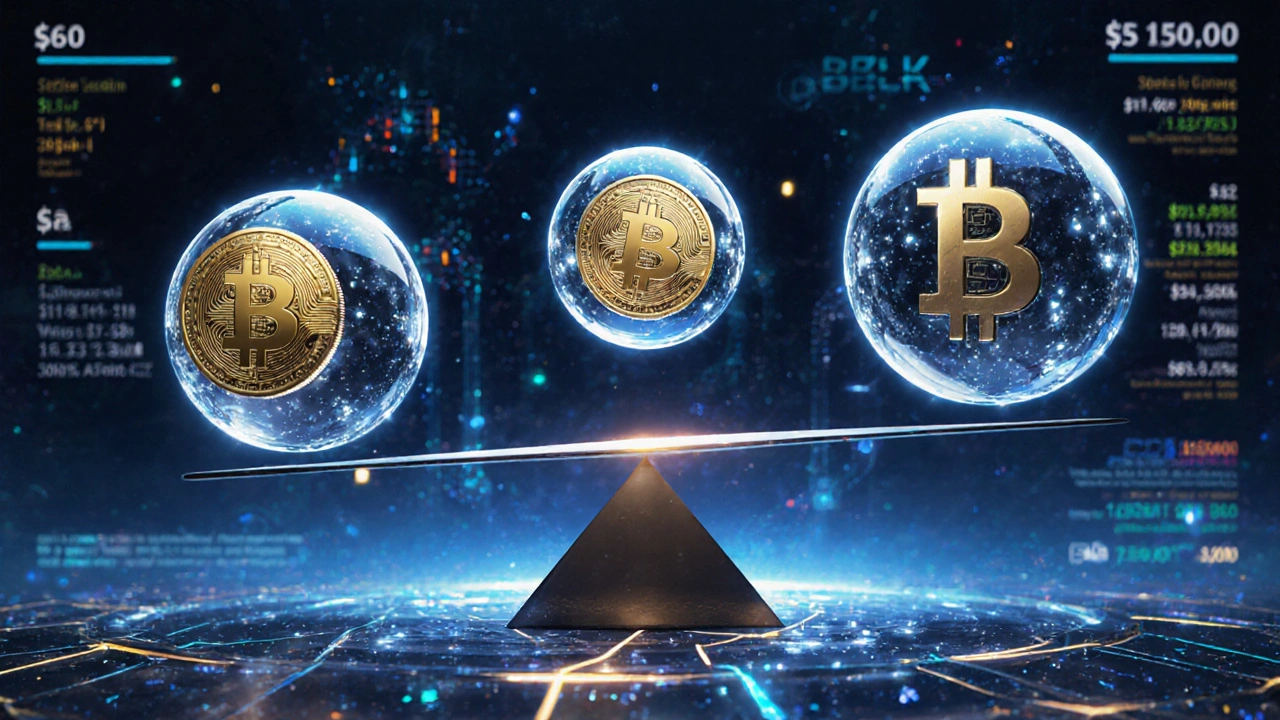Slippage in Crypto: What It Is, Why It Matters, and How to Avoid It
When you trade crypto on a decentralized exchange, a platform that lets users trade directly without a middleman, powered by smart contracts and blockchain technology. Also known as a DEX, it gives you control—but also exposes you to slippage, the difference between the price you expect to pay or receive and the actual price your trade executes at. This isn’t a glitch. It’s a normal part of how DEXs work, especially when markets move fast or liquidity is low.
Slippage happens because DEXs use automated market makers (AMMs), not order books. When you click "buy," your trade pushes the price up—or down—by consuming available tokens in the pool. If you’re trading a small-cap coin with only $50,000 in liquidity, even a $1,000 order can swing the price 5% or more. That’s slippage. It’s not fraud. It’s math. And it hits hardest on popular tokens like ETH or SOL during spikes, or on obscure tokens with thin trading volumes. You might plan to buy 100 tokens at $1 each, but end up paying $1.08 because the market shifted while your transaction was being processed. The same goes for selling: you might think you’re cashing out at $2, but the system fills at $1.85. That 7.5% loss? That’s slippage eating your profit.
It’s not just about price. Slippage also ties into trading fees, the costs you pay to execute a transaction on a blockchain, which vary by network congestion and gas prices. High fees mean your trade might take longer to confirm, giving the market more time to move and increasing your slippage risk. That’s why smart traders check liquidity before they trade. A pool with $10 million in funds handles big orders smoothly. One with $200,000? Not so much. You can reduce slippage by using limit orders (if the DEX supports them), splitting large trades into smaller ones, or waiting for calmer market hours. Some platforms even let you set a max slippage tolerance—say, 1% or 3%. If the price moves beyond that, the trade cancels. It’s not foolproof, but it stops you from getting wrecked by a rogue swap.
You’ll see slippage mentioned in almost every post about DEX trading, crypto volatility, or blockchain-based finance here. Whether it’s a guide on how to trade safely on Uniswap, why some tokens crash after a big buy-in, or how to read liquidity pools before investing, the root cause is often the same: slippage. These posts don’t just explain what happened—they show you how to avoid it next time. What follows is a collection of real-world examples, practical fixes, and insider tips from people who’ve lost money to slippage… and learned how to stop it.

Stablecoin Liquidity Pools: How Curve Finance Minimizes Slippage on DEXs
Caleb Drummond Nov 17 14Curve Finance dominates stablecoin trading with near-zero slippage, thanks to its specialized algorithm. Learn how it outperforms Uniswap, how to earn yields safely, and the risks behind the math.
More Detail